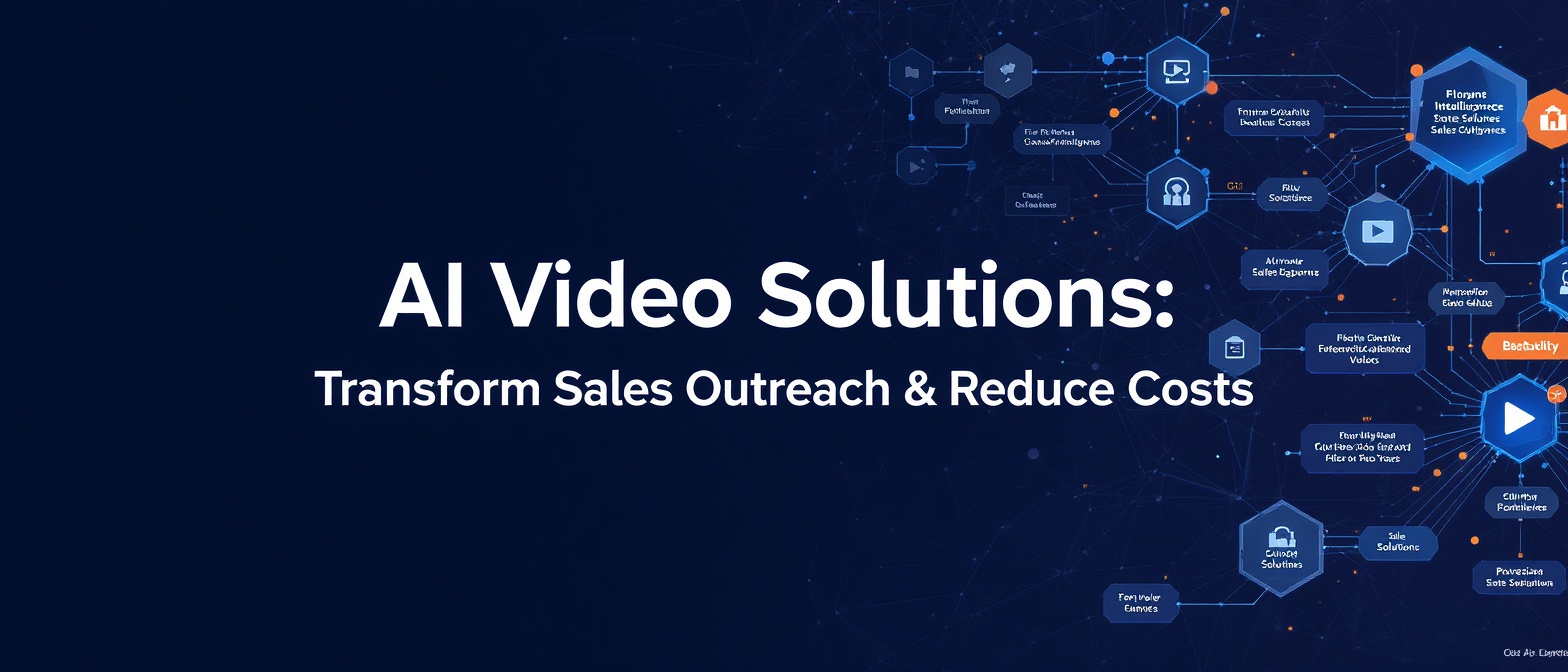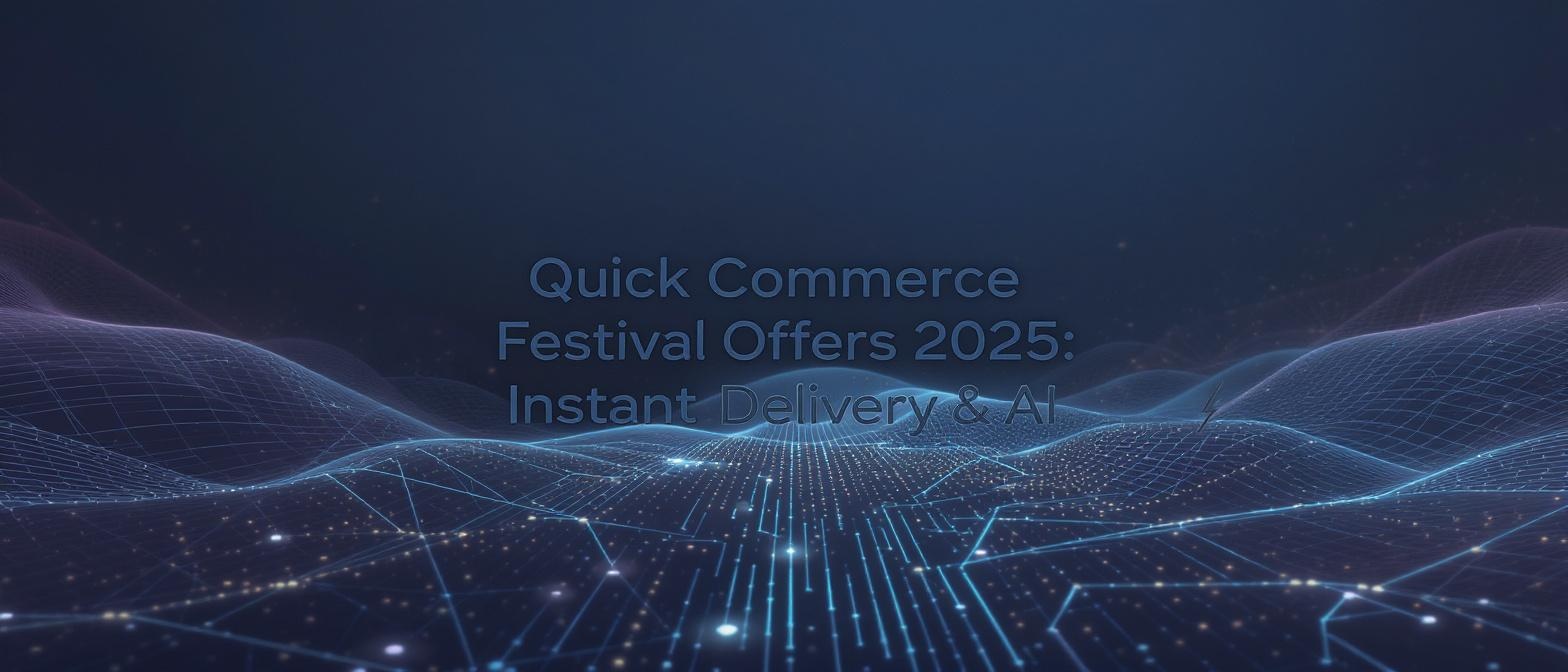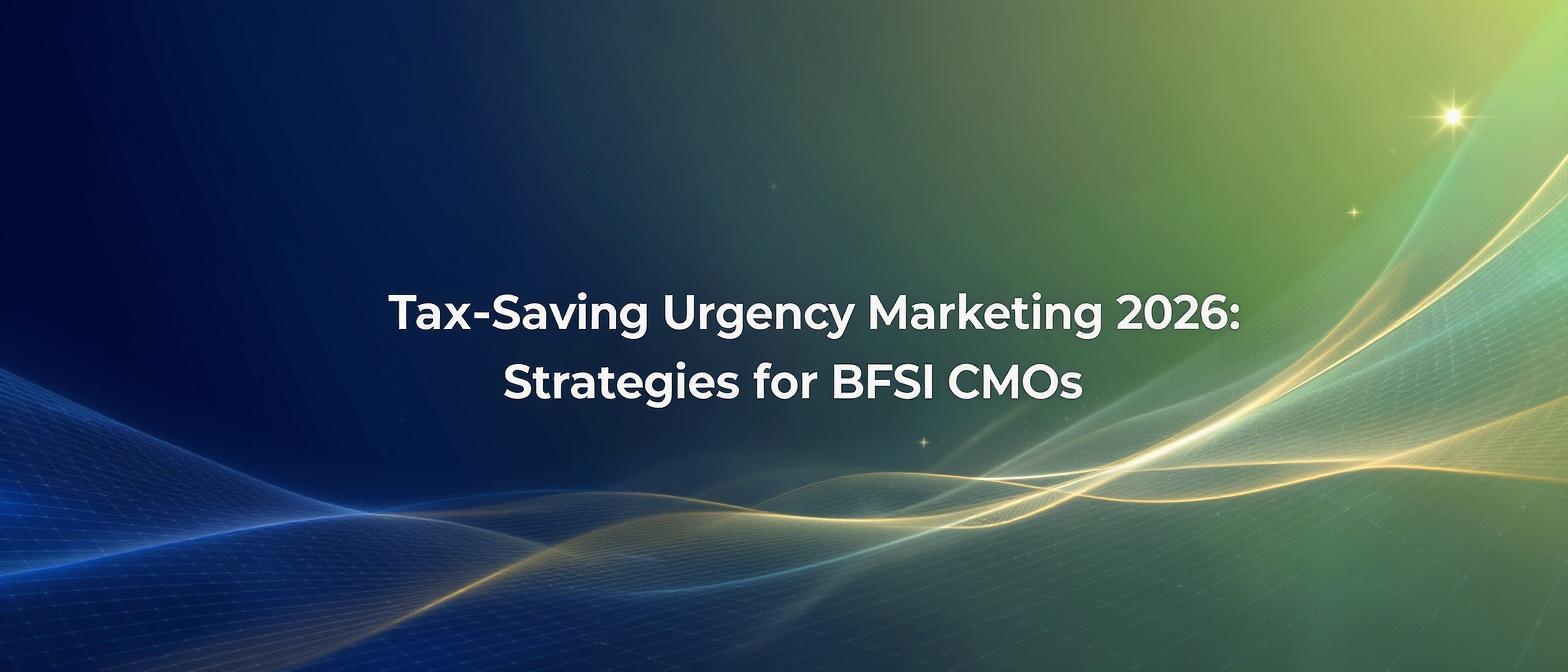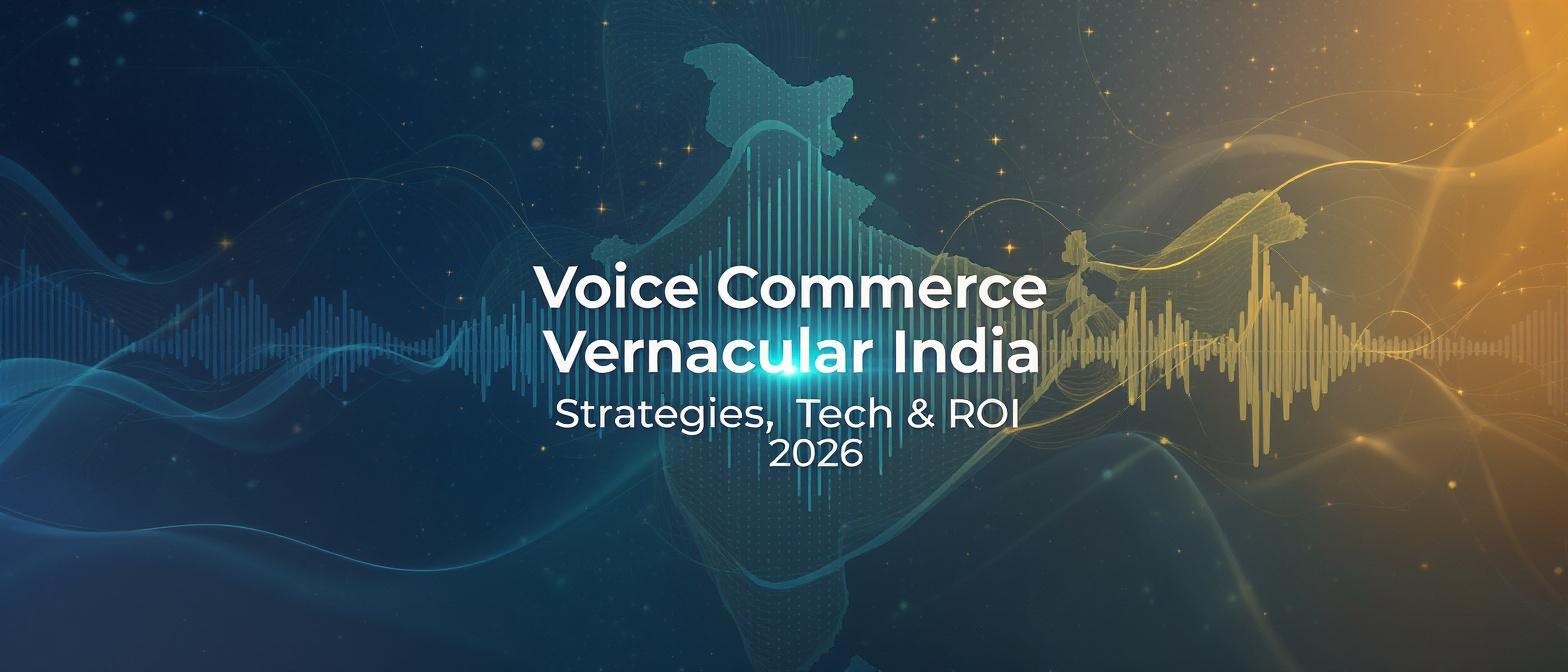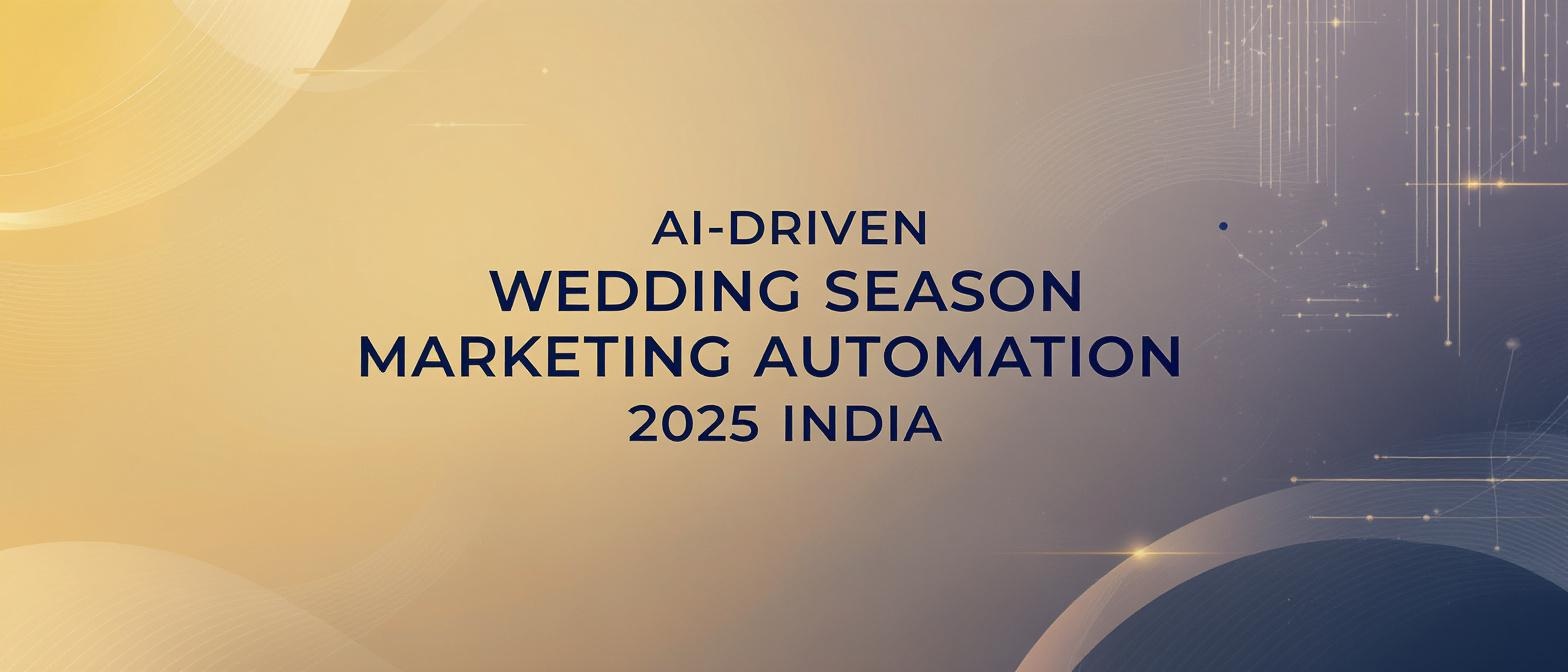Beyond the Cold Call: The Ultimate Guide to Revolutionizing Your Sales Outreach Strategy with AI Video in 2025
Estimated reading time: ~13 minutes
Key Takeaways
- Traditional text-based outreach is losing effectiveness.
- AI video personalization cuts through digital noise and boosts engagement.
- Cost-effective, scalable solutions support global, multi-language outreach.
- Implementing a data-driven, ethical approach fosters trust and measurable ROI.
The modern sales floor is a battlefield of attention. Your reps are armed with CRMs, meticulously crafted email sequences, and battle-tested scripts. Yet, they face an increasingly fortified defense: the overwhelmed, indifferent prospect. Traditional sales outreach is losing its edge. Open rates are dwindling, replies are non-existent, and the digital noise is deafening. For sales leaders and reps on the front lines, this translates to wasted effort, plummeting morale, and the constant, unnerving pressure of missed quotas. The cost of customer acquisition climbs, while the effectiveness of old tactics flatlines. This is not just a slump; it is a fundamental breakdown in communication.
The core of the problem is a crisis of connection. Generic, text-based messages fail to capture the nuance, personality, and trust that drive human decisions. Prospects are tired of being another name in a mail merge. They crave authenticity. In this environment, video has emerged as the undisputed champion of engagement. In fact, by 2025, video content is projected to command a staggering 82% of all internet traffic. But harnessing its power has historically meant exorbitant video production costs, logistical nightmares, and a timeline that sales cycles simply cannot afford. This is where the paradigm shifts. The emergence of powerful AI video solutions is not just an incremental improvement; it is a complete revolution, arming sales teams with the ability to create personalized, scalable, and cost-effective video outreach that finally cuts through the noise and captures attention.
This guide will walk you through the strategic imperative of integrating AI video into your sales process. We will move beyond the why and into the how, providing a data-driven framework to transform your outreach from forgettable text into unforgettable, revenue-generating conversations.
Chapter 1: The Seismic Shift: Why Traditional Sales Outreach Is Broken
For decades, the playbook for sales outreach has been relatively stable: a mix of cold calls, emails, and, more recently, LinkedIn messages. But the digital landscape has evolved faster than these strategies have. The result is a system showing critical signs of failure, leaving even the most skilled sales teams struggling to gain traction.
The Anatomy of Prospect Fatigue
The modern professional's inbox is a fortress. They are bombarded with hundreds of emails daily, their LinkedIn inboxes are overflowing with unsolicited pitches, and their tolerance for generic communication is at an all-time low. This phenomenon, often called “prospect fatigue,” is driven by several factors:
- Inbox Saturation: The sheer volume of digital communication has devalued the individual message. A 2024 report from HubSpot highlights that email marketing effectiveness is increasingly challenged by oversaturated inboxes, forcing businesses to find more dynamic ways to stand out.
- “Banner Blindness” for Text: Just as web users learned to ignore banner ads, prospects have developed a “text blindness” for sales pitches. They can spot a generic template from a mile away, triggering an immediate mental filter that sends your message straight to the trash folder.
- The Impersonal Nature of Scale: While automation tools have allowed sales teams to reach more people, they have often done so at the cost of personalization. A message addressed to [First_Name] but clearly written for a thousand others feels disingenuous and fails to build the rapport necessary for a meaningful business conversation.
This breakdown is not just theoretical; it has a direct impact on the sales pipeline. Lower response rates mean more time spent on fruitless prospecting, longer sales cycles, and a higher cost-per-lead. The old model of prioritizing volume over value is no longer sustainable. To succeed in 2025 and beyond, sales teams must pivot to a strategy that prioritizes genuine connection, and that is where the visual, personal, and dynamic nature of video becomes indispensable.
Chapter 2: The AI Video Revolution: A Data-Driven Overview
The concept of using video in sales is not new. What is revolutionary is the ability to do it at scale, with unprecedented personalization, and without breaking the bank. Artificial intelligence is the engine driving this transformation, democratizing video production and turning it from a high-cost marketing function into a nimble, powerful sales tool.
The market itself is a testament to this shift. The global AI video generator market is on a meteoric rise, projected to soar from $534.4 million in 2024 to an incredible $2.56 billion by 2032, according to market analysis from ArtSmart.ai. This explosive growth is not just about technology; it is about accessibility. Platforms like Studio by TrueFan AI enable sales teams of any size to produce studio-quality videos without cameras or crews. A sales representative can now go from a script to a polished, ready-to-send video in minutes, not weeks.
This technology works by leveraging advanced algorithms to animate photorealistic avatars, synthesize lifelike voices from text, and perfectly sync lip movements. The result is a video that can be tailored to each specific prospect—including their name, company, and unique pain points—all generated through a simple, browser-based interface. This fundamentally alters the economics of video, drastically lowering the traditionally high video production costs and removing the technical barriers that once kept it out of the hands of frontline sales teams.
Chapter 3: The "How-To": 5 Pillars of a High-ROI AI Video Sales Strategy
Adopting AI video is not about simply replacing text with a moving image. It requires a strategic framework. By building your outreach around these five pillars, you can move from experimentation to generating a consistent, measurable return on investment.
Pillar 1: Hyper-Personalization at Scale
This is the cornerstone of effective AI video outreach. True personalization goes far beyond a simple name-drop. It is about demonstrating that you have done your research and understand the prospect’s world.
- Execution: Before creating your video, spend three minutes on the prospect's LinkedIn profile or their company's recent news. Mention a recent post they shared, a company milestone, or a specific challenge relevant to their industry. Your script could be: "Hi [Name], I saw your recent post on the challenges of supply chain logistics and it reminded me of how we helped [Similar Company] tackle that exact issue. I made this short video to explain..."
- Impact: This level of detail immediately signals that this is not a mass blast. It builds credibility and respect. It is no surprise that a recent Salesforce study revealed 75% of sales professionals using AI report it has accelerated customer interactions, leading directly to increased sales.
Pillar 2: Automating the Top of the Funnel
The top of the sales funnel is a numbers game, but it does not have to be an impersonal one. AI video can automate initial outreach while maintaining a human touch.
- Execution: Create a core “master” video template that introduces you and your value proposition. Use an AI video platform’s API to dynamically insert the prospect’s name, company name, and maybe even their logo onto a virtual whiteboard in the video background. Integrate this with your sales automation software (like Outreach or SalesLoft) to trigger video-enhanced emails or LinkedIn messages.
- Impact: A video thumbnail in an email or a personalized video link in a LinkedIn message has a significantly higher click-through rate than plain text. It piques curiosity and makes your message an event rather than just another piece of text to be skimmed and deleted.
Pillar 3: Enhancing Mid-Funnel Engagement
Once a prospect is engaged, AI video becomes a powerful tool for maintaining momentum and clarifying complex information.
-
Execution:
- Meeting Recaps: After a discovery call, send a 60-second AI video summarizing the key points and outlining the next steps. This reinforces your message and is easily shareable with other decision-makers.
- Personalized Demo Invites: Instead of a generic calendar link, send a video from your avatar saying, "Hi [Name], looking forward to our demo on Thursday. I'm especially excited to show you the [Specific Feature] we discussed that will help you solve [Specific Pain Point]."
- Impact: These mid-funnel touchpoints build trust and demonstrate a high level of professionalism and attention to detail, shortening the sales cycle by keeping the prospect engaged and informed.
Pillar 4: Globalizing Your Reach Instantly
For businesses operating in a global market, language barriers are a significant and costly hurdle. AI video dissolves these barriers almost instantly.
- Execution: Imagine your top sales rep records a single, powerful pitch. With generative AI, that one video can be localized into dozens of languages, complete with perfect lip-syncing and culturally appropriate tonality.
- Impact: This capability is a game-changer for international expansion. With Studio by TrueFan AI ’s 175+ language support and AI avatars, a single sales rep can create a pitch that resonates personally with prospects from Tokyo to Berlin, all in a single afternoon. This unlocks new markets without the massive overhead of hiring regional sales teams or translation services.
Pillar 5: Measuring What Matters: Data & Analytics
The beauty of digital outreach is its measurability. AI video platforms provide granular data that allows for continuous optimization.
- Execution: Track key metrics like video view rates, percentage watched, and click-through rates on any in-video calls-to-action. Integrate this data with your CRM to see which video messages are leading to the most booked meetings and closed deals. A/B test different scripts, avatars, or tones to refine your approach.
- Impact: This data-driven feedback loop transforms your outreach from guesswork into a science. As noted in research from Gartner, leveraging analytics is key to building a high-performing sales engine. By understanding what resonates with your audience, you can double down on effective strategies and eliminate those that are not performing.
Chapter 4: The Financial Case: Calculating the ROI of AI Video Solutions
For any new technology to be adopted, it must make financial sense. The return on investment for AI video is compelling because it delivers value on both sides of the ledger: decreasing costs and increasing revenue.
The Cost-Savings Equation
Traditional video production is a resource-intensive process. Consider the typical costs for a single, high-quality 2-minute sales video:
- Actors/Presenters: $500 - $5,000+
- Studio/Location Rental: $400 - $2,000 per day
- Videographer & Crew: $1,000 - $7,000+ per day
- Editing & Post-Production: $500 - $3,000+
- Total Estimated Cost for ONE Video: $2,400 - $17,000+
This model is simply not viable for personalized sales outreach. AI video platforms operate on a subscription model, often costing less for an entire month of unlimited video creation than a single hour of a traditional film crew’s time. This cost reduction is not just an efficiency gain; it enables a strategy (personalization at scale) that was previously financially impossible.
The Revenue-Generation Engine
The revenue side of the ROI equation is even more compelling. While specific results will vary by industry and execution, the impact is felt across the sales funnel:
- Increased Meeting Rates: Personalized videos stand out, leading to more prospects agreeing to a first meeting.
- Higher Conversion Velocity: Clear, concise video messages that can be shared internally among the prospect’s team can accelerate decision-making.
- Improved Close Rates: Building a stronger, more personal connection from the first touchpoint fosters the trust needed to close a deal.
The data backs this up. The latest report from Wyzowl states that 84% of video marketers say video has directly helped them increase sales. Solutions like Studio by TrueFan AI demonstrate ROI through both drastic reductions in traditional video production costs and measurable upticks in sales pipeline velocity. When a sales team can connect with more prospects more effectively, the impact on the bottom line is direct and significant.
Chapter 5: Building Trust in a Post-Deepfake World: The Ethical Imperative
It is impossible to discuss AI-generated video without addressing the elephant in the room: the concern over deepfakes and misinformation. For sales, where trust is the ultimate currency, this is not a topic to be ignored. Adopting AI video ethically is not just a compliance issue; it is a strategic imperative for long-term success.
Prospects are savvy. They value transparency and authenticity. Using AI video in a way that feels deceptive or manipulative will backfire spectacularly. This is why choosing the right platform and approach is critical. A forward-thinking, ethical AI video strategy is built on three pillars:
- Consent and Licensing: The most reputable AI video platforms use avatars based on real actors who have been compensated and have given their explicit consent for their likeness to be used. This “consent-first” model ensures you are not using a “deepfake” of an unwilling participant but rather a licensed digital persona.
- Transparency: While the goal is a natural-looking video, it is considered best practice not to actively deceive the recipient into believing it is a live-action recording. Many sales reps find success by being upfront in their messaging: "Hi [Name], to get this information to you quickly, I've used an AI version of myself to record this short, personalized message for you." This honesty builds trust and showcases your company as technologically advanced.
- Platform Security and Moderation: The platform you use should have robust content moderation policies to prevent misuse for malicious purposes. As highlighted by MIT Technology Review, the ethical responsibility of AI development is a cornerstone of sustainable innovation.
By proactively addressing these ethical considerations, you position your brand as a responsible leader. You are not just selling a product; you are demonstrating a commitment to using technology in a way that respects individuals and enhances communication, rather than degrading it.
Conclusion: Your Next Move: From Strategy to Execution
The evidence is clear: AI video is no longer a futuristic novelty but a foundational tool for any high-performing sales team in 2025. The era of generic, text-based outreach is over. In a world saturated with digital noise, the ability to deliver a personal, engaging, and scalable message is the single greatest competitive advantage a sales organization can possess.
We have explored how this technology shatters the barriers of traditional video production costs, enabling hyper-personalization at a scale previously unimaginable. We have laid out a five-pillar framework for a strategic implementation that drives measurable ROI—from automating the top of the funnel to globalizing your reach overnight. And we have tackled the critical importance of ethical adoption to build and maintain the trust that underpins every successful sale.
The question is no longer if your organization should adopt AI video solutions, but how quickly you can integrate them to empower your sales team. The next step is not to boil the ocean, but to start with a focused pilot program. Choose a segment of your sales team, identify a key touchpoint in your sales cycle, and begin creating. Measure the results, refine your approach, and prepare to scale what works.
The future of sales is not about replacing humans with AI; it is about augmenting human talent with powerful tools. It is about freeing your best people from the drudgery of ineffective outreach so they can do what they do best: build relationships and close deals. The revolution is here. It is time to press record.
Frequently Asked Questions
Q1: How long does it take to create a personalized AI sales video?
With modern platforms, the process is incredibly fast. Once you have a script (which can also be refined using AI), you can typically generate a high-definition video with a digital avatar in just a few minutes. The entire process, from writing a personalized script to sending the video, can take less than five minutes per prospect.
Q2: What are the biggest mistakes to avoid when starting with AI video outreach?
The top three mistakes are: 1) Being too generic and failing to leverage the personalization capabilities. 2) Making the videos too long—aim for 45-90 seconds for initial outreach. 3) Not having a clear call to action at the end of the video. Always guide the prospect on what to do next, whether it is booking a meeting, visiting a link, or replying to your email.
Q3: Can AI videos really replace a human sales rep?
No, and that is not their purpose. AI videos are a tool to augment and enhance a sales rep’s capabilities, not replace them. They are best used for top-of-funnel activities like initial outreach and for scalable mid-funnel touchpoints like meeting reminders. This frees up the human sales rep to focus on high-value activities like strategic discovery calls, complex negotiations, and building deep client relationships.
Q4: How do I ensure my AI-generated videos don’t sound robotic or fake?
The quality of the AI voice synthesis is key. Leading platforms use advanced text-to-speech engines that incorporate natural inflections, pacing, and tone. It is also important to write your script in a natural, conversational style. Read it out loud before generating the video. If it sounds like something you would actually say, it will come across as much more authentic.
Q5: What kind of security and compliance should I look for in an AI video platform?
This is a critical question, especially for enterprise teams. You should look for platforms with robust security protocols and internationally recognized certifications. For example, Studio by TrueFan AI is ISO 27001 and SOC 2 certified, ensuring that your data and content are handled with the highest standards of security and compliance, which is crucial when dealing with client information. Also, ensure the platform has a clear policy on data privacy and content ownership.
Q6: How much does it cost to get started with AI video solutions?
The cost has been dramatically reduced compared to traditional methods. Most AI video solutions operate on a SaaS (Software as a Service) subscription model. Plans often start at a very accessible monthly price for individuals or small teams, with tiered pricing that offers more features, higher video limits, and better resolution for growing teams and enterprises. This makes it a scalable investment that can grow with your sales results.

